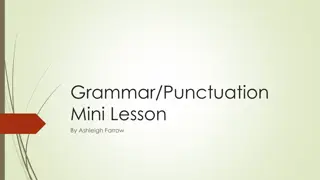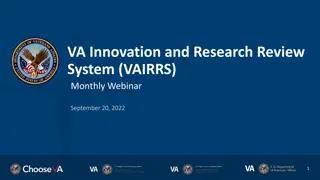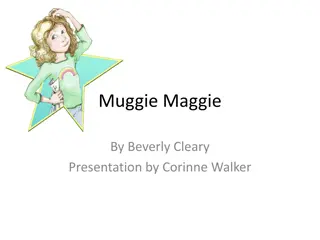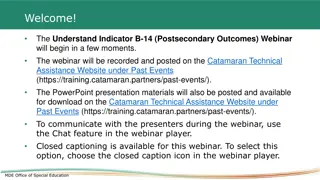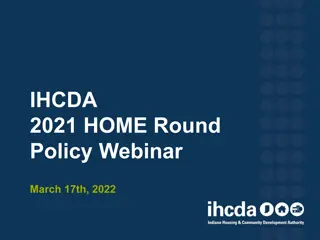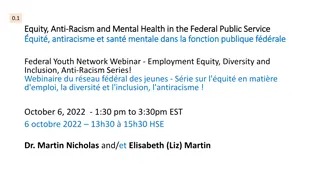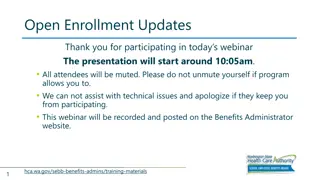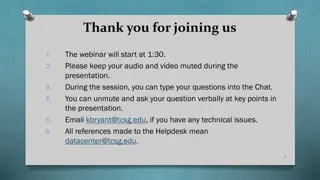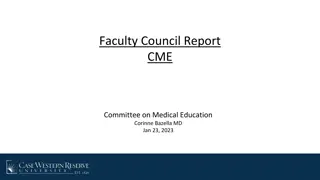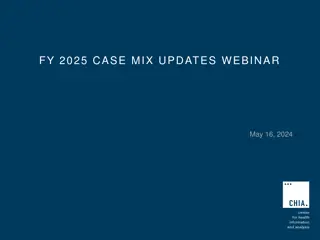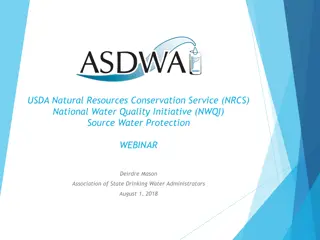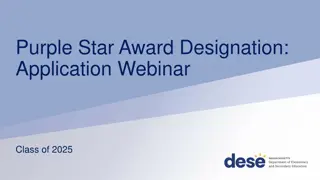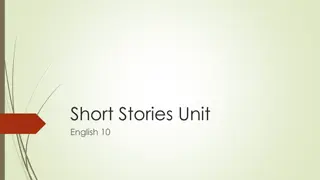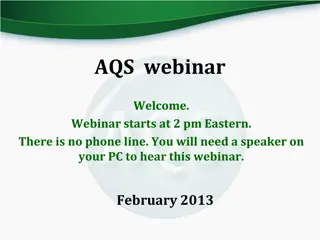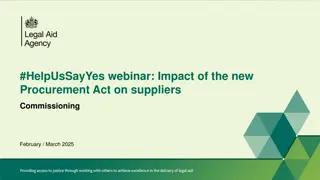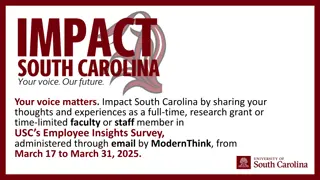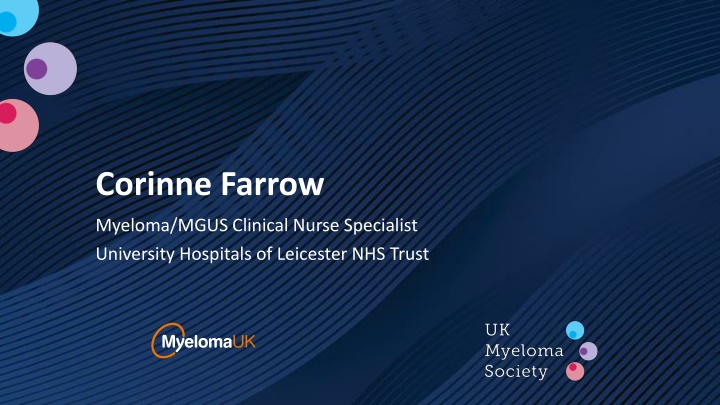
Managing Frailty in Myeloma Patients: Assessment and Tools
Learn how healthcare professionals can manage frailty in myeloma patients through tailored treatment, improving quality of life, and reducing hospital admissions. Explore the importance of frailty assessments and tools such as ECOG, CFS, and IMWG scores in clinical practice.
Download Presentation

Please find below an Image/Link to download the presentation.
The content on the website is provided AS IS for your information and personal use only. It may not be sold, licensed, or shared on other websites without obtaining consent from the author. If you encounter any issues during the download, it is possible that the publisher has removed the file from their server.
You are allowed to download the files provided on this website for personal or commercial use, subject to the condition that they are used lawfully. All files are the property of their respective owners.
The content on the website is provided AS IS for your information and personal use only. It may not be sold, licensed, or shared on other websites without obtaining consent from the author.
E N D
Presentation Transcript
Corinne Farrow Myeloma/MGUS Clinical Nurse Specialist University Hospitals of Leicester NHS Trust
Frailty within Clinical Practice How to manage frailty How to assess frailty and what tools can be used Now what? How can healthcare professionals use information about patient frailty in their clinical practice? How can we use the information to facilitate shared-decision making? How can this aid the delivery of person-centred, holistic care?
Why is it important? We can tailor treatment to each individual patient Maintain or even improve quality of life Limit toxicity of treatment Reduce admission rates and length of stay Control costs (Kosolvo et al., 2019) AND STILL Offer an effective treatment which aims to controls the patient's myeloma Ensure that patients are neither over nor under treated
How we use frailty assessments In Outpatient Clinics Strong suspicion of MM or ASMM based of medical assessment of symptoms and biochemical markers Starting new line of treatment Gain consent Consider frailty assessment for all patients aged 65 and over Consider for patients aged less than 65 with continuous support needs or multi-morbidity All patients aged 80 and over
What do we need to ask ourselves? What is the patient's baseline? Has this changed? Is the patient fit enough for invasive investigations? Does the patient have a history of frequent hospital admissions? Could the patient's frailty be attributed to Myeloma or other health condition?
Assessments ECOG CFS (Rockwood et al., 2005) Abbreviated Mental Test Score (AMTS) (Hodkinson, 1972) IMWG International Myeloma Working Group, Geriatric Assessment (Palumbo et al., 2015) Comorbidity Functional Status Automatic score of 2 for patients aged 80 and over Timed Up and Go Normally informal as you need equipment and allocated space to do assessment > 20 seconds
How the information is used ECOG, CFS and IMWG frailty scores documented in notes Consultant letter contain ECOG +/- CFS Letters from clinic and CNS documentation are used in MDT Formal ECOG, CFS, IMWG documented on MDT outcomes Allows healthcare professionals to easily identify changes in patient s overall health Allows on going assessment of patient s frailty and attenuate treatment accordingly Requires co-ordinated MDT involvement
Identification of unmet needs ADLS Signposting to social services, support needs assessment, care resource eligibility or environmental home safety assessment Tissue viability pressure area advice, GP involvement, TVN or district nursing referral Activity/exercise PT/OT referral, charity and community classes, complementary therapies, Myeloma UK exercise booklet Nutritional status Prescription from clinic, signposting to local/charity services, referral to dietician, written information Cognitive assessment Primary care assessment and referral, Admiral nursing, local and national charities
Identification of unmet needs Mood/depression PHQ-9 and GAD-7, referral to local psychology or counseling services, input from GP, local or national charity services Transport hospital transport information, hospital car parking, Blue Badge, local charity services Tele-health & mHealth Hospital Ambulatory Care services, LTC monitoring, remote medication management, wellness/fitness apps Supportive and Palliative Care Services Community phlebotomy
Considerations for clinical practice Improved patient experience from patient experience questionnaires Improved patient understanding and shared decision making Enables independence, encourages accountability The initial CNS time and resource output results in shorter consultations for CNS and Consultants later Required undertaking QIP with follow up after 1 year of implementation (Quality Improvement Project) Requires full MDT/stakeholder involvement Can be used for data gathering Could be applied to other services within Haematology and Oncology Foundation for further service development and improvement
References Hodkinson, H (1972). "Evaluation of a mental test score for assessment of mental impairment in the elderly.". Age and Ageing 1 (4): 233-8. PMID 4669880. http://ageing.oxfordjournals.org/cgi/reprint/1/4/233. Kolovos S., Nador G., Kishore B., Streetly M., Rabin N.K., Chatry A.D., Yong K., Ashcroft J., Bowcock S., Drayson M. T., Ramasamy K., Prieto-Alhambra D., Cooper C., Javaid M. K., Pinedo-Villanueva R. (2019). Unplanned admissions for patients with myeloma in the UK: Low frequency but high costs. Journal of Bone Oncology. 17 (2019) 100243. [Online] Available at: https://doi.org/10.1016/j.jbo.2019.100243 [Accessed: 17 February 2025] Kumar S., Rajkumar V., Dispenzieri A., Lacy M.Q., Hayman S.R., Buadi F.K., Zeldenrust S.R., Dingli D., Russell S.J., Lust J.A., Griepp P.R., Kyle R.A., Gertz M.A. (2008).Improving Survival in multiple myeloma: Impact of novel therapies. Blood. Vol 111(5) pp 3594. Morrow, C., Barton, L., Hayes, N., Winfield, M., Garg, M., Sachedina, S., Asagba, G. (2021). NS-65: Introducing frailty assessment into a myeloma service a Quality Improvement Project (QIP), Clinical Lymphoma Myeloma and Leukemia, Vol 21 (2). Pages S167-S168 NHS England and NHS Improvement. (2020). Virtual Solutions for Managing Cancer Care In a Pandemic Era: Lessons from COVID-19, A Rapid Evidence Review. [Online] Available at: https://peninsulacanceralliance.nhs.uk/wp-content/uploads/2020/10/Virtual-solutions-for-managing-cancer-care_FINAL-01Oct2020.pdf [Accessed: 17 February 2025] Palumbo A., Bringhen S., Mateos M-V., Larocca A., Facon T., Kumar S.K., Offidani M., McCarthy P., Evangelista A., Lonial S., Zweegman S., Musto P., Terpos E., Belch A., Hajek R., Ludwig H., Stewart A. K., Moreau P., Anderson K., Einsele H., Durie B.G.M., Dimopoulos M. A., Landgren O., San Miguel J.F., Richardson P., Sonneveld P., Rajkumar S.V. (2015) Geriatric assessment predicts survival and toxicities in elderly myeloma patients: an International Myeloma Working Group report. Blood. Vol 125 (13) pp2068-2074. Rockwood K., Song X., MacKnight C., Bergman H., Hogan D., McDowell I.& Mitnitski A. A. (2005) Global Clinical Measure of Fitness and Frailty in Elderly People. CMAJ; 173 (5), 489-494. Turner, G., Clegg, A. (2014). Best practice guidelines for the management of frailty: a British Geriatrics Society, Age UK and Royal College of General Practitioners report, Age and Ageing, Volume 43, Issue 6, November 2014, Pages 744 747, [Online] Available at: https://doi.org/10.1093/ageing/afu138 [Accessed: 17 February 2025]




